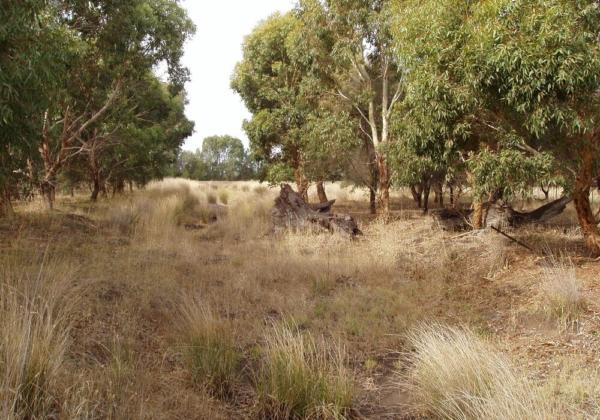MAKE no mistake, Bellarine Peninsula farmers Fiona Conroy and husband Cam Nicholson have gone into livestock production with their heads screwed on right.
First and foremost they are there to make a profit.
That they have been able to not just achieve that, but constantly improve it, is a tribute to their total approach to land management as much as their commitment to genetic excellence in their purebred Te Mania Angus herd.
Fiona insists they are beef producers, not a carbon farmers, but their business has become a pinup superstar – it is carbon neutral – and Fiona can show how that is not an all-consuming passion; rather it is one of the tools in their management program for increased productivity, soil health and biodiversity.
That spells one thing above all else – profit.
Speaking on the RawAg podcast, she said it also means debunking a few myths – especially the one claiming the livestock industry is Australia’s biggest carbon emitter – because it’s not. It runs well back in the race behind the likes of energy (50 per cent of emissions) and transport (20 per cent).
Regardless, Fiona said it was still vitally important we do something about carbon emissions – and climate change, as that effects farmers more than anyone else.
“We also have an obligation to consumers, who want to know the products they are buying are helping the environment, not damaging it. There is a social licence issue attached to the beef industry and how it goes about its business,” she said.
“However, we do have an industry that produces methane, and carbon, through fertilisers and the like; but we’ve got this amazing capacity in agriculture to sequester carbon back through the trees and soils, and we are one of the very few industries that can be self-contained in our carbon emissions through sequestration.
“We soil test a third of our farm every year and we have reams of figures that show by changing our production with perennial pastures, rotational grazing, increasing soil fertility increased our soil carbon substantially – plus we have also planted a lot of trees.”
As a result of these combined programs Fiona said she has the figures to show her family’s property is sequestering more carbon than it is emitting and she believed that was a great position for the beef industry to be in.
“All farmers want to do a good job, that is something people need to keep at the forefront of their minds,” Fiona added.
“And we have the demands of many different markets – the EU for example, put much more emphasis on environment and animal welfare than in some of the more emerging markets where the focus is on price.
“We are never going to be able to satisfy some activist movements – but we do have to remember although they are very noisy they are also a minority and the best thing we can do is to have industry credentials to show we are doing a good job.
“The industry has some good examples on a wider basis, such as the beef sustainability framework and through MLA the Carbon Neutral 2030 program.
“We have been involved in one of the projects this year, trying to do a carbon accounting on farm, we’ve done some calculations road testing their figures and we are going to be one of the case studies.
“Consumer expectations change and we have to be able to recognise them, move with them, work with them and meet them.”
“If that means quantifying we have biodiversity in our farm businesses and we’ve got a carbon accounting system, then that’s the way we have to go.”
Fiona says none of their work has encouraged them to even consider going into selling carbon. She said they do not view all their work and records for marketing, they use it as an “internal system”.
“You have got to have a lot of detail if you are going to be marketing carbon and as I said we have been soil testing our farm for the top 10cm for 20 or 30 years, giving us pretty good records of soil carbon level.
“But probably not to the accuracy people would require for the carbon market, like we haven’t GPS mapped the paddocks so we go back to the exact same place to test, so our figures are our own calculations and we use the carbon credits farming initiative tools to work out soil carbon. We’ve used their greenhouse calculator to see what we’re sequestering with trees and then we have used CSIRO figures to estimate down to the 30cm mark.”
Fiona said she had figures to show what they have found is that carbon emissions from their cattle are 822 tonnes CO2 equivalents a year, and a small amount coming from fertiliser and a small amount from fuel. So our total emissions are about 843 tonnes annually but when we have looked at what our soils and trees are sequestering – we have planted 9 per cent of our farm to trees – and the figures show we have sequestered about 32 per cent more than we are emitting.”
Hear the full carbon podcast at RawAg – Episode 3
BEFORE AND AFTER PHOTOS









